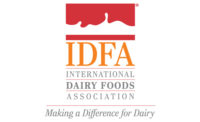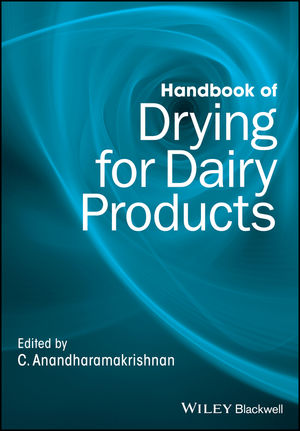The dairy industry is positioned for growth
It has shown resilience, creativity and strategic thinking.

I grew up on a dairy farm and later became a dairy veterinarian, and the past year has taught me more about our dairy industry than maybe any other period in my life. For anyone out there betting against U.S. dairy, I’d say your money’s on the wrong horse. Our industry has shown a level of resilience, creativity and strategic thinking about the future that has positioned us for continued growth regardless of how long the pandemic continues.
First, let’s focus on our foundation for growth. In September, we learned that U.S. dairy consumption reached an all-time high in 2019 as Americans turned to dairy products at a rate never seen before. Sales at retail continue to outperform 2019 across multiple categories, led by butter, cheese and ice cream. Dairy exports also are on track to surpass last year’s strong showing. Meanwhile, prices are holding steady and providing profit for all links in the supply chain. Overall, dairy has found a way not only to remain competitive, but also to strengthen our foundation and relationship with consumers.
Think about how we reacted to COVID-19. As coronavirus began to emerge in January and February, IDFA members prioritized three simple things:
- Protect our workers and workplaces.
- Keep the supply chain intact by spurring demand and ensuring farmers and processors have the resources to remain in business.
- Feed people in need.
From the start, we focused on making our facilities the safest places our employees could go each day. As a result, we’ve kept infection rates low, kept employees healthy and confident, and kept America fed.
We acted early to maintain the dairy supply chain through efforts that spurred demand without creating long-term market impacts. We faced the likelihood of 10% of the nation’s milk not having a home and up to $10 billion in losses for our industry in 2020. However, quick, smart action brought balance to the market, and dairy prices rebounded.
IDFA led the charge to put dairy on the menu in federal programs such as the Farmers to Families Food Box program and Section 32 purchases, and we advocated alongside NMPF for robust payments to dairy farmers. Concurrently, we secured important funding for dairy priorities in the federal budget and worked with members of the House and Senate to introduce bills to fund a dairy recourse loan, as well as tax relief for essential workers.
We also engaged aggressively and strategically in the Dietary Guidelines for Americans process to keep dairy in the healthy foods category and to maintain three servings of dairy each day. While dairy is well positioned for the present, we’re not satisfied. We’ve taken the message directly to USDA and HHS to make sure the science showing the benefits of dairy at all fat levels is reflected in the final guidelines so that future guidelines and federal nutrition programs can fully embrace the healthfulness of all dairy.
Even as we work to effect change today, we must position U.S. dairy to lead on the emerging and strategic issues of tomorrow. As we saw this year, the next Black Swan is out there, lurking. IDFA’s Vision for the Future is about planning for new and emerging issues and uncertainties, namely:
- Understanding how technology is accelerating disruptions in business as usual.
- Learning how to capitalize on growing consumer trust in food brands while accepting that cultural changes will drive reform.
- Understanding how to navigate global trade in an era of deglobalization.
- Managing growth and brand value when political risk is growing around the world.
- Building a diverse, inclusive workforce of the future
None of these concepts is new to U.S. dairy industry leaders, although some arrived sooner than expected. Our industry’s best and brightest wake up each day grappling with how to lead in this new normal. They don’t get enough credit. But if I were a betting man, I’d bet the house on them leading us to a brighter future.
Looking for a reprint of this article?
From high-res PDFs to custom plaques, order your copy today!









